Are you wondering what the difference is between a Disc Harrow and a Tiller? Whether it’s for farm or garden maintenance, understanding the differences between these two types of implements can make your job easier. We’re here to help – In this comprehensive article, we will discuss both Disc Harrows and Tillers in detail so that you know how they differ from each other. Read on to learn more about their uses, functions, pros and cons – as well as some helpful tips on how to select the right tool for your project.
What Is Tilling?
Tilling is a common practice among farmers and gardeners in which the soil is turned over and dug up to prepare it for planting. [1] This process not only helps to increase soil aeration and drainage, but it also breaks up any clumps or compacted areas in the soil that may hinder the growth of plants.
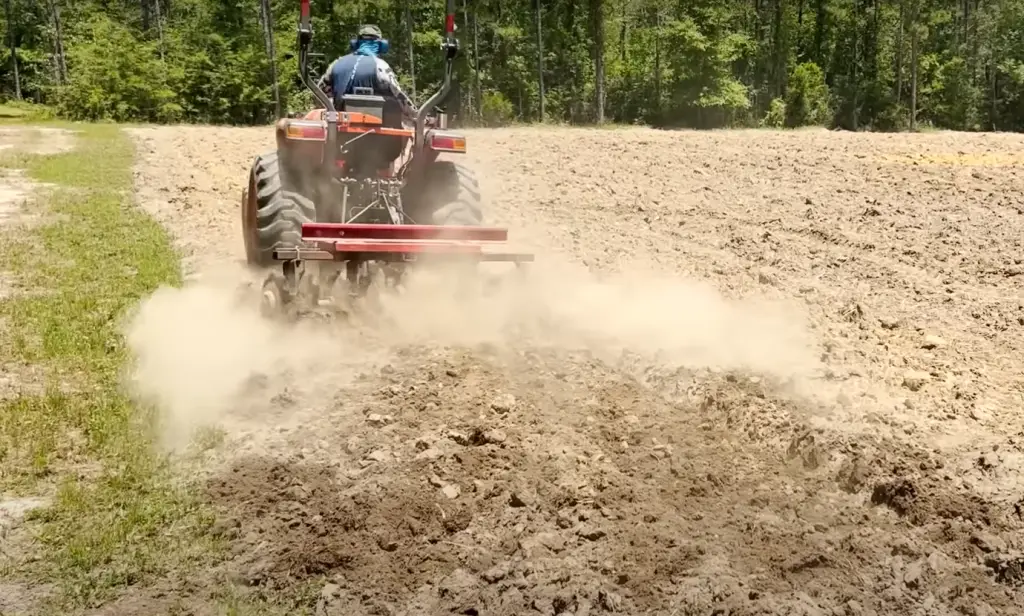
Tilling can be done manually with hand tools like shovels and forks, or with mechanized equipment like tillers and plows. While tilling is an effective way to prepare soil for planting, it should be done with caution as it can also damage the soil structure and lead to erosion if done too frequently or aggressively. Overall, tilling is an essential part of gardening and farming, but it should be done mindfully with the goal of promoting healthy and productive soil.
Types of Tilling
There are several types of tilling, and each one serves a particular purpose. For example, conventional tilling involves turning over the soil and breaking it up to prepare it for planting. No-till farming, on the other hand, avoids disturbing the soil and involves planting crops through the residue of the previous crop.
Vertical tillage is a newer practice that involves using a specially designed tool to slice through the soil without inverting it. Finally, zone tillage aims to concentrate tilling efforts only where needed to minimize soil disturbance. Understanding the different types of tilling can help you choose the best method for your gardening or farming needs. [2]What Is A Tiller?
A tiller is a gardening tool used to till the soil in preparation for planting. [3] The basic design consists of a long handle topped by a pair of curved blades, which are pushed into the soil to turn it over. In modern times, tillers have become more complex, with gas-powered engines and multiple blades for deeper tilling. While some gardeners prefer to till manually, many find that a motorized tiller is more efficient for larger plots of land. Regardless of the type, a tiller can be an essential tool for any gardener looking to get the most out of their harvest.
Using A Tiller For Home Gardening
Tillers are a great tool for home gardens, as they can quickly and easily till the soil in preparation for planting. However, there are some pros and cons to consider when deciding whether or not to use a tiller.
Pros
- Time-Saving: A tiller is a great time-saver as it can quickly break up and loosen the soil, allowing for faster planting.
- Cost-Effective: Tillers are an affordable option when compared to other mechanized gardening tools.
- Versatile: Most tillers come with adjustable blades that can be used for various levels of tilling, from light surface work to deeper cultivation.
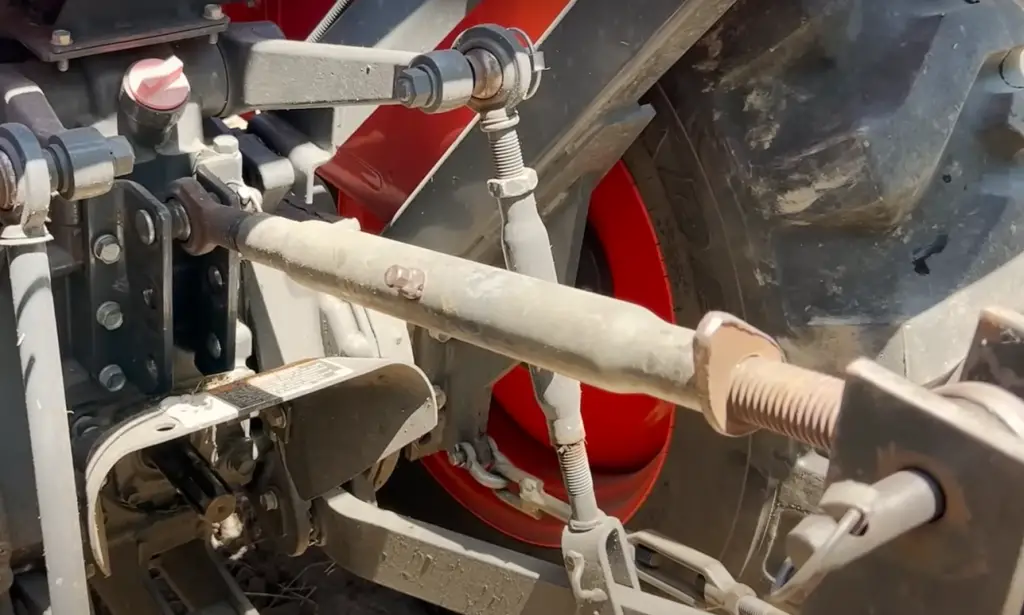
Cons
- Damage To Soil Structure: Overuse of a tiller can damage the structure of the soil, leading to poor aeration and drainage.
- Compaction: Tillers can also cause compaction of the soil, making it harder for plants to take root.
- Soil Erosion: Without proper care and maintenance, a tiller can also lead to soil erosion.[4]
What is Harrowing?
Harrowing is the traditional practice of tilling a field by dragging a heavy, sharp-toothed implement called a harrow over the soil. [5] This helps to break up and aerate the soil, and control weeds. It can also be used to level out uneven ground or incorporate manure into the soil. Harrowing is part of traditional farming methods that have been in use for centuries, and still play an important role today. In addition to preparing existing farmland for planting, harrowing may also be used as part of land preparation for construction projects, such as roads and buildings. Harrowing is typically done before crop planting or after harvesting.
Types of Harrowing
There are different types of harrowing implements available, each designed to provide a specific result. Spike harrows have rows of metal spikes that penetrate the soil and break up clumps of dirt. Chain harrows feature wire mesh which helps to break down large chunks of soil while allowing smaller material to pass through. Disc harrows have blades or discs arranged in parallel rows which cut and mix the soil as they rotate. Drag harrows are made up of flat steel bars which drag along the ground, helping to level it out and remove debris.[6]
What is Harrow?
A harrow is a large, heavy farming implement that is used to break up and level out soil. It consists of a metal frame with rows of sharp metal teeth or blades which are dragged across the ground.
The harrow has been in use since antiquity and remains an essential tool in modern-day farming operations.Using A Disc Harrow For Home Gardening
Disc harrows are a popular choice when it comes to home gardening. These implements feature a series of discs arranged in parallel rows and connected by metal bars or chains.
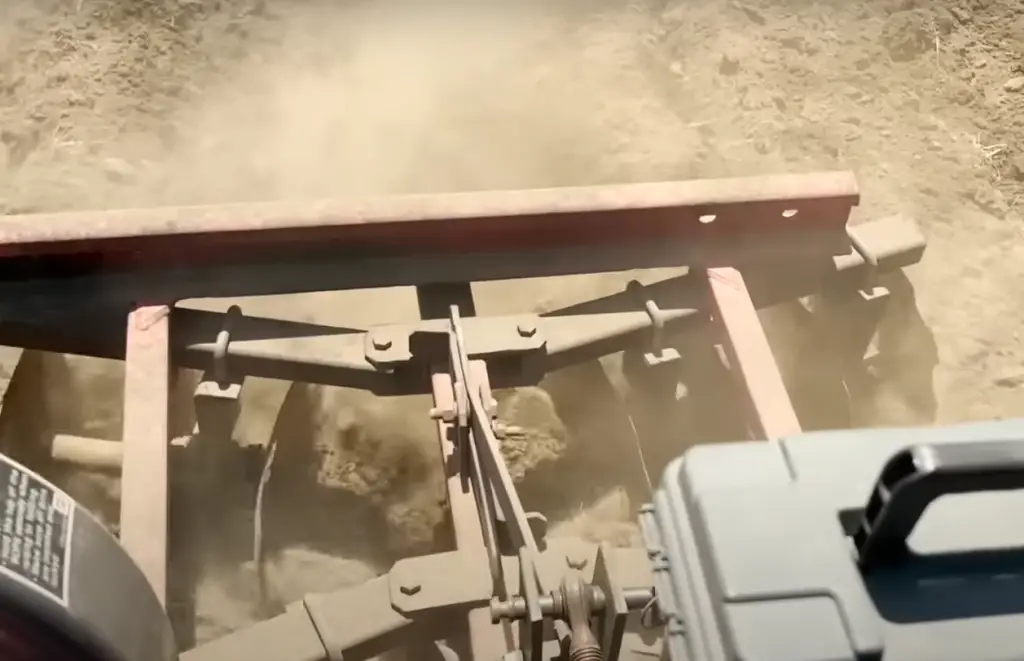
As they rotate, the discs cut through the soil and mix it up, helping to prepare it for planting. There are both advantages and disadvantages to using a disc harrow for home gardening.
Pros
- Disc harrows are effective at breaking up soil clods and uprooting weeds.
- They are relatively easy to operate and control, making them ideal for small-scale gardening projects.
- The discs cut through the soil quickly and efficiently, allowing gardeners to cover large areas in a short period of time.
- The blades can be adjusted to varying depths so that they reach deep into the soil and break it up more thoroughly.
Cons
- Disc harrows can be expensive to buy or rent, especially for larger models.
- Using a disc harrow on hard or rocky ground may cause damage to the equipment or result in uneven tilling results.
- Unless operated properly, disc harrows may leave large clumps of soil behind.
- Disc harrows are not ideal for small or delicate plants, as they can disrupt the roots or damage tender foliage.
Harrowing Vs. Tilling
Harrowing and tilling are two different ways of preparing the soil for planting. While both methods involve loosening and aerating the soil, there are a few key differences between them. Harrowing is typically done using a large metal implement that has been dragged across the fields while tilling usually involves using a motorized tool to turn over the soil. Tilling is more effective at breaking up larger pieces of dirt and uprooting weeds, while harrowing is better for leveling uneven ground or incorporating manure into the soil. Ultimately, harrow and tillage can be used together to achieve optimal results in crop cultivation.
What’s The Difference Between A Harrow And A Tiller?
For those new to gardening or farming, understanding the difference between a harrow and a tiller can make all the difference in your soil preparation.
Disc Harrow Vs. Tiller
A disc harrow is a large, heavy farming implement that consists of a metal frame with rows of sharp metal teeth or blades which are dragged across the ground. It is used to break up and level out soil, as well as uprooting weeds. On the other hand, a tiller is a motorized tool that uses rotating blades to churn the soil and break it up into smaller pieces, making it easier to cultivate. Tillers come in various sizes and types, from light-duty handheld models to heavier duty machines suitable for larger plots of land. Although both are effective tools for cultivating soil, tillers are generally more efficient than harrows when it comes to breaking up hardened dirt clumps and preparing small areas quickly.
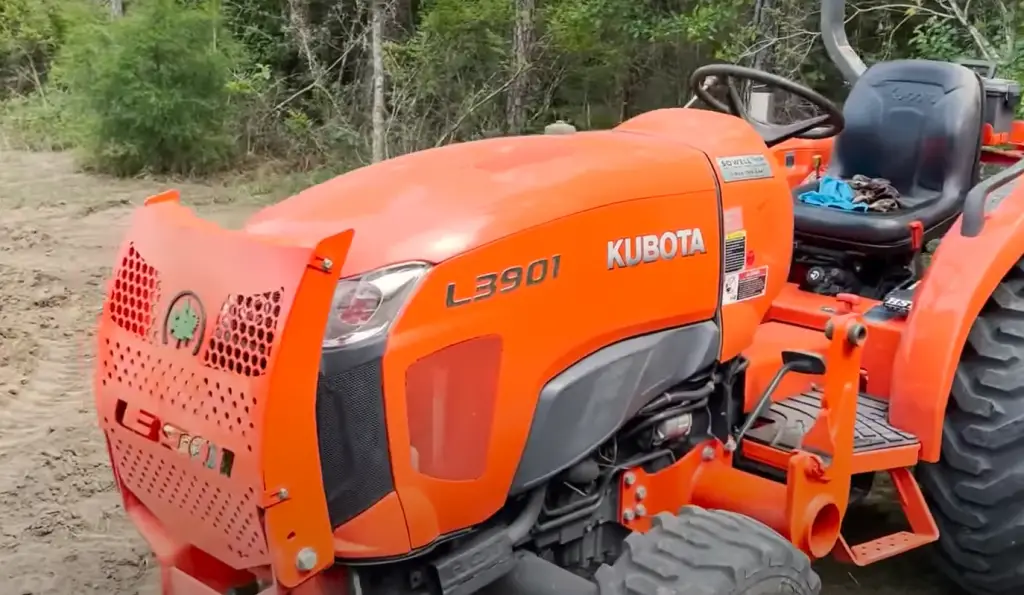
They are also more expensive than harrows. However, tillers can be used for a variety of other gardening tasks such as edging and post-hole digging. In conclusion, both harrows and tillers can be used for effective soil preparation, but each has its own pros and cons.
Power Harrow Vs. Tiller
A power harrow is a mechanized version of the traditional disc harrow that features an engine-powered spinning rotor with sharp blades. It is designed to break up large clods and break down existing vegetation while incorporating nutrients into the soil. Power harrows can be used for tilling smaller plots or larger areas such as fields, orchards and vineyards. Unlike a tiller, they are more powerful and require less effort to operate as they are powered by an engine. However, power harrows tend to be more expensive than tillers and may not be suitable for small-scale gardening tasks. Both tillers and power harrows can do an effective job of preparing soil for planting, so it’s important to consider your budget and the size of your plot before deciding which tool is right for you.
Disc Harrow Vs. Rotary Tiller
A disc harrow is a farming tool that is made up of a metal frame with sharp metal blades or teeth arranged in rows. It is quite heavy and is pulled across the ground while in use. On the other hand, a rotary tiller is a motorized tool that uses rotating blades to churn the soil and break it down into smaller pieces. Rotary tillers come in various sizes and types, from light-duty handheld models suitable for small plots to heavier machines designed for larger areas. Although both tools can be used to prepare soil for planting, there are some key differences between them. Disc harrows are better suited for large fields or paddocks where they can be dragged by a tractor. They are also better at breaking up large clods of dirt and uprooting weeds. However, they can be expensive to buy or rent and require more effort to operate than a rotary tiller. On the other hand, rotary tillers are more suitable for smaller areas and are more cost-effective. They can also do a more thorough job of breaking down soil particles, making them ideal for gardeners or landscapers. Ultimately, which tool is right for you depends on your budget, the size of the area to be tilled and what tasks you need to perform.
Factors to Consider When Choosing
When choosing between a disc harrow or tiller, there are several factors to consider.
- Power Requirements – Disc harrows and tillers both require power to drive them, so the type of power requirement needed is an important factor in determining which one is best for your needs. Most disc harrows are powered by tractors, whereas most tillers are motor operated. Consider what kind of power you have available before making a decision.
- Size & Weight – The size and weight of the machine will determine how easy it is to maneuver around the garden or field and transport it from place to place if necessary. Disc harrows tend to be heavier than tillers, but they can cover more ground in less time. [7]
- Soil Type – The type of soil you need to dig can also be a factor in choosing between a disc harrow or tiller. If you have hard, compact clay soils, then a tiller might be better suited for the job since it will break up the clumps faster than a disc harrow. However, if you have looser soils, such as those found in sandy areas, then a disc harrow could work better since it can move more material at once and create better seedbeds.
- Price – This is another obvious factor when considering which machine to buy; however, make sure that you are comparing models with similar features and capabilities so that you get an accurate comparison of cost.
- Versatility – Disc harrows often come with attachments that increase their versatility, such as row crop cultivators and bed shapers. Tillers usually do not have these features, so you may want to look into a model that has them if you plan on performing multiple tasks with your machine.
- Maintenance – Regular maintenance is important for both disc harrows and tillers to ensure they stay in good working order. Consider how much time and effort you are willing to dedicate to performing regular upkeep before making your decision.
- Accessories – If you anticipate needing additional accessories, like seed spreaders or furrow openers, consider which machine offers the best selection of compatible attachments before making your purchase. With all these factors considered, it should be easier to determine which type of machine is best suited for your needs.
FAQ
Is a Disc Harrow Better Than a Tiller?
It really depends on your needs. If you have harder, clay-like soils, then a tiller might be the better option since it will break up the clumps faster.
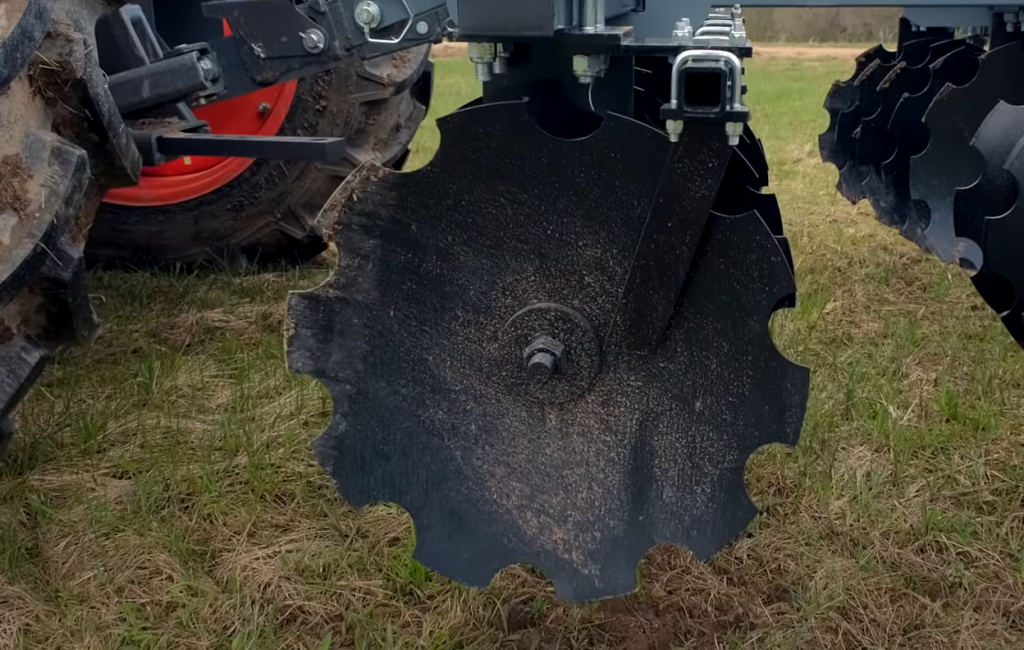
However, if you have looser soils, such as those found in sandy areas, then a disc harrow could work better since it can move more material at once and create better seedbeds.
Can You Level Land With a Tiller?
Yes, you can use a tiller to level out land by breaking up the soil and creating an even surface. However, it is important to remember that a tiller cannot remove larger rocks or dig deep into hard soils. A disc harrow may be better suited for this task.
Do Disc Harrows Require Regular Maintenance?
Yes, regular maintenance is important for both disc harrows and tillers to ensure they stay in good working order. Make sure to check the manufacturer’s instructions on how often you should perform maintenance tasks such as lubrication and replacement of wear parts.
What is a Disc Harrow Good for?
Disc harrows are good for breaking up soil, mixing in fertilizer and other amendments, removing weeds, and even leveling land. They can also be used to create seedbeds for planting crops.
When Would You Use a Harrow?
A harrow can be used for a variety of tasks, including breaking up soil, mixing in amendments, removing weeds, and leveling land. It is also an effective tool for creating seedbeds and preparing the ground for planting crops.
How Deep Should I Set My Disc Harrow?
The depth of the disc harrow should be adjusted depending on the type of soil and the task you are performing. Generally, a shallower setting is best for lighter soils and to break up clods and larger chunks, whereas deeper settings are better for heavier clay soils or when creating seedbeds.
Do I Need to Add Weight to My Disc Harrow?
In some cases, it can be beneficial to add weight to the disc harrow in order to achieve better results. This is especially true for heavier soils and when operating on sloped terrain. Adding weights can help increase the efficiency of the machine and improve its effectiveness.
Useful Video:
Useful Video: Cleaning Burned On Grease From Stainless Steel
Conclusions
As you have learned throughout this article, Disc Harrows and Tillers are two very distinct tools. Each tool is designed with a unique purpose and offers various advantages and disadvantages depending on the job at hand. Whether you’re using it to break up soil, turn over clay, create seedbeds for gardening or even level a playing field – having the knowledge to select the right tool for your project can help ensure its success in the long run. If you’re still struggling to decide which implementation is right for you, don’t forget that there are many online resources available – or seek advice from an experienced agricultural machinery supplier who can guide you in selecting the most suitable option according to your project’s specific needs. With the proper guidance and understanding of each tool’s merits, we have no doubt that you’ll find just what you need!
References:
- https://www.ers.usda.gov/topics/farm-practices-management/crop-livestock-practices/soil-tillage-and-crop-rotation/#:~:text=Tillage%E2%80%94turning%20the%20soil%20to,greenhouse%20gases%20into%20the%20atmosphere.
- https://www.mofga.org/resources/fact-sheets/zone-tillage/
- https://hireitdirect.co.uk/what-is-a-tiller-and-what-is-it-used-for
- https://www.felsics.com/7-disadvantages-of-conservation-tillage-explained/
- https://www.conservationevidence.com/actions/906#:~:text=Harrowing%20is%20the%20disturbing%20or,(tines)%20or%20upright%20discs.
- https://www.gfloutdoors.com/tiller-vs-disc-harrow-which-to-choose-for-your-yard/#What_to_consider_when_choosing_a_tiller_vs_disc_harrow






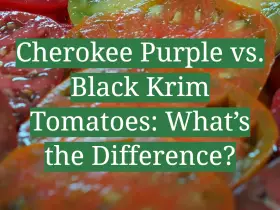
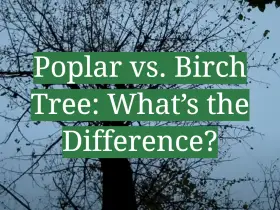


Leave a Reply
View Comments